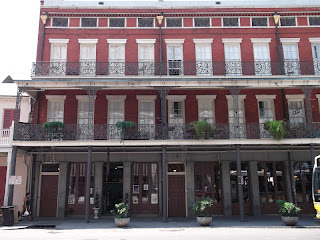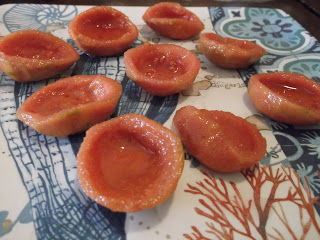The Dominican Republic celebrates the Archangel St. Michael's Day (the national patron saint) on September 29th, with musical processions. Colors used for the celebration are red and green.

In the U.K., this festivity is called "Michaelmas", or "Goose Day". It takes place on the same date, which is close to the autumn equinox, and harvest, which occurs before the darker and colder days of the year. Thus, St. Michael, an angel warrior who fought against Satan, is invoked to protect people during this season.
In the U.K., it used to be celebrated on October 10th, traditionally the last day people should pick blackberries, as an old saying declared that on that day, the devil landed in a blackberry bush.
In Scotland, a large cake called St. Michael's Bannock is eaten; in the U.K, geese used to be eaten, to ensure financial prosperity the following year.
Majarete
Majarete is a corn pudding, a dish shared by several countries. In the Dominican Republic and Venezuela, it is usually made of corn and milk; sometimes, coconut milk replaces the cow's milk. In Puerto Rico, rice flour replaces the corn, and coconut milk is always used. In Central America and Mexico, majarete is made of corn and milk, but the name for it is atol de elote.
Recipe
4 corn ears
1 cup of coconut milk
1 teaspoon of vanilla
1 cup of water
1/2 cup powdered milk
pinch of salt
2 cinnamon sticks
1/2 cup brown sugar
1 1/2 tablespoon cornstarch
ground cinnamon
After you boil the corn, cut off the kernels with a large knife. Place them in a blender with water. When they are fully blended, place the liquid in a pot.
Add coconut milk, vanilla, powdered milk, salt, cinnamon sticks, brown sugar, and cornstarch.
Cook on low heat until the pudding thickens. When you serve the dish, sprinkle ground cinnamon on top.
http://www.historic-uk.com/CultureUK/michaelmas/
http://www.michaelmasfair.co.uk/michaelmas/default.aspx
http://www.elcolmadito.com/USRecetasDetail.asp?Numero=38














































 It was time to walk over to the base of El Capitan. The silver gray, largely smooth mountain loomed over our heads. At night, red lights shone on it, announcing the presence of climbers who were sleeping as they hung suspended on it.
It was time to walk over to the base of El Capitan. The silver gray, largely smooth mountain loomed over our heads. At night, red lights shone on it, announcing the presence of climbers who were sleeping as they hung suspended on it.



